



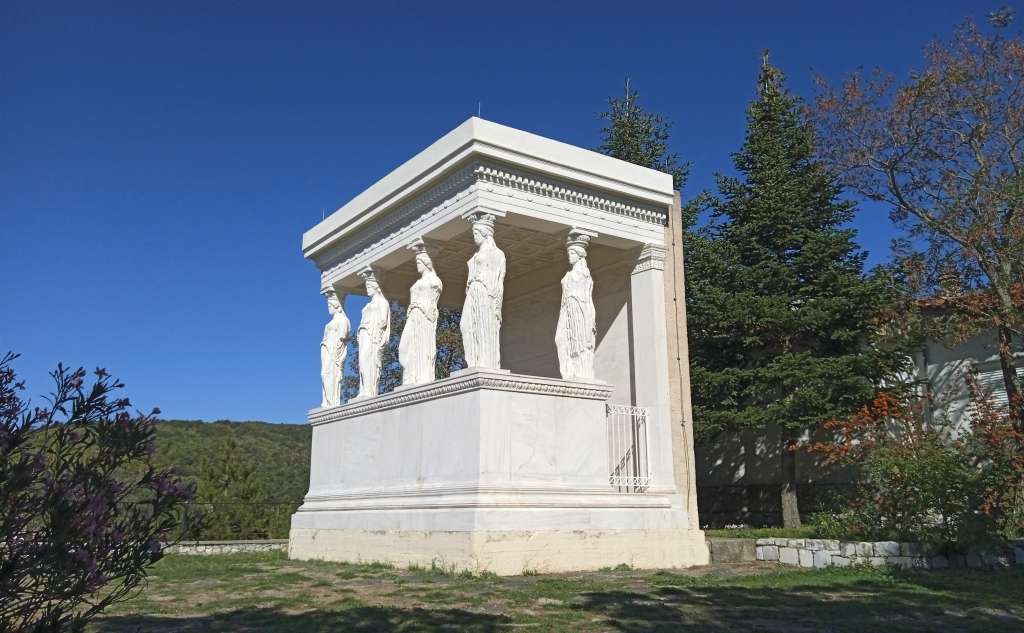
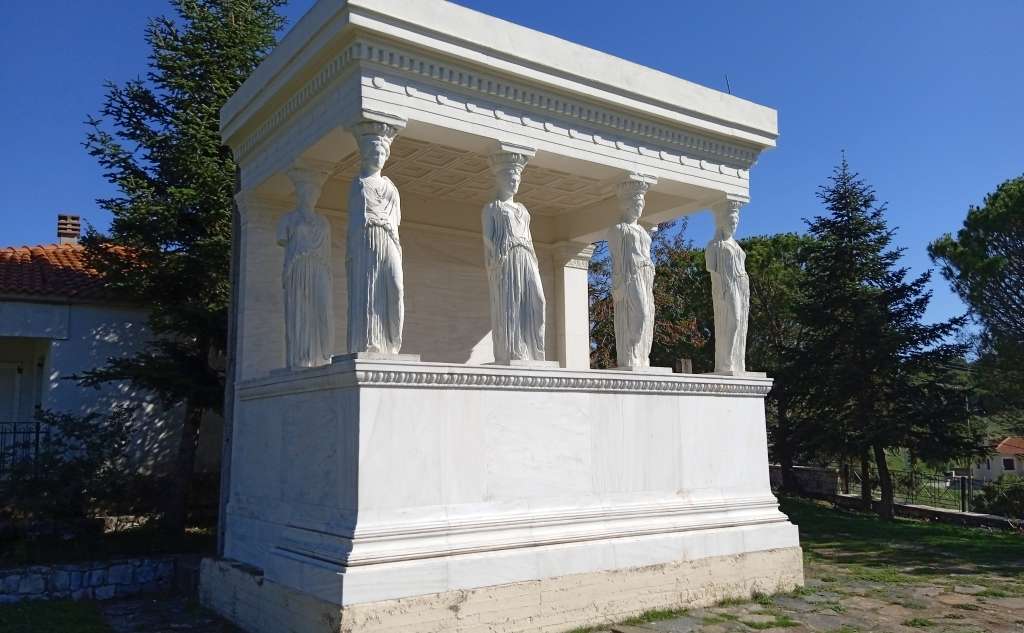
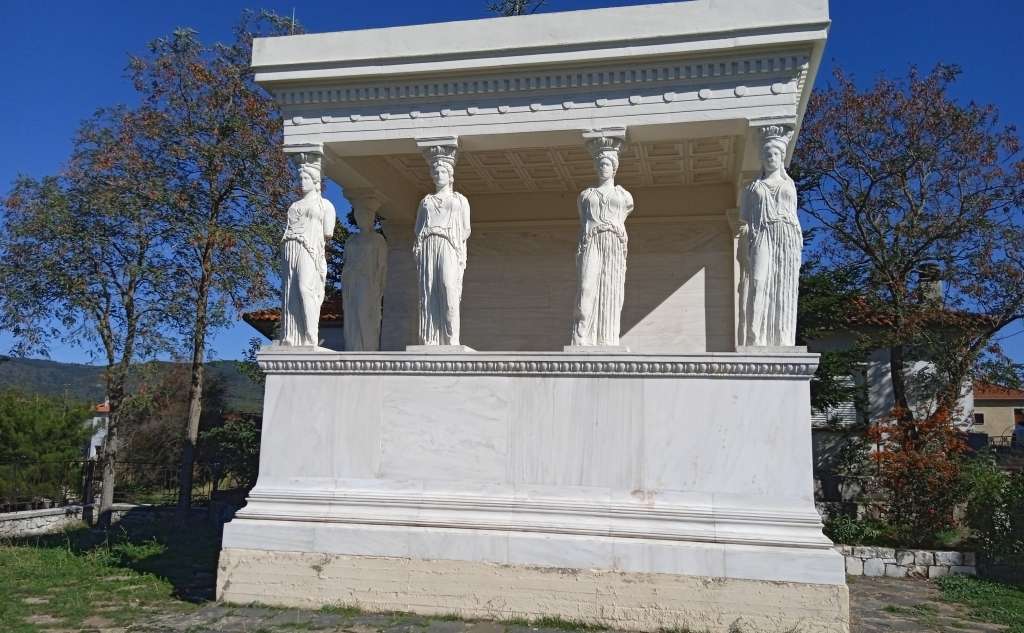

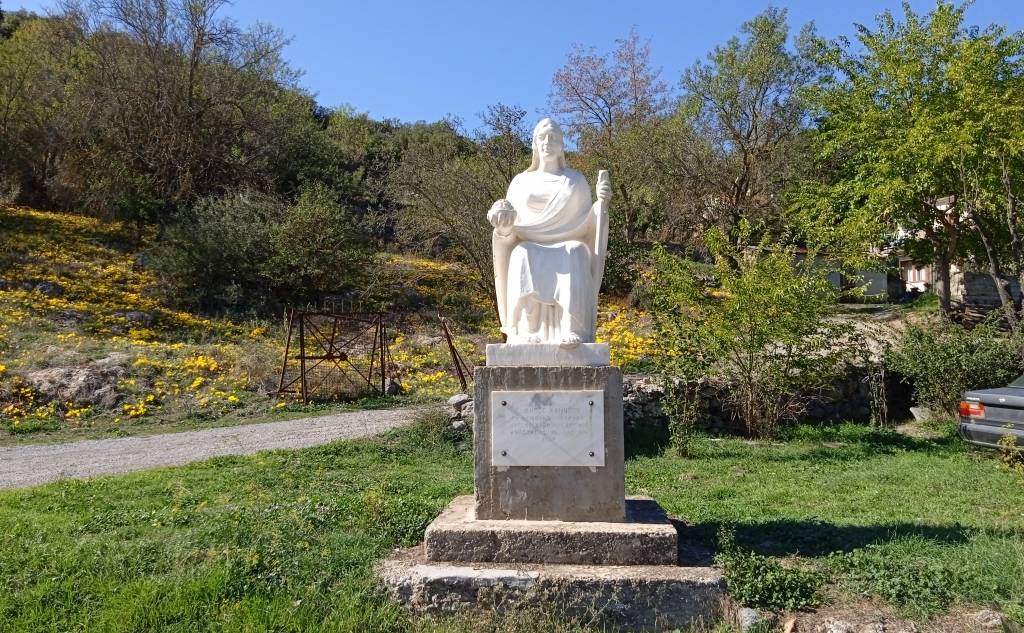

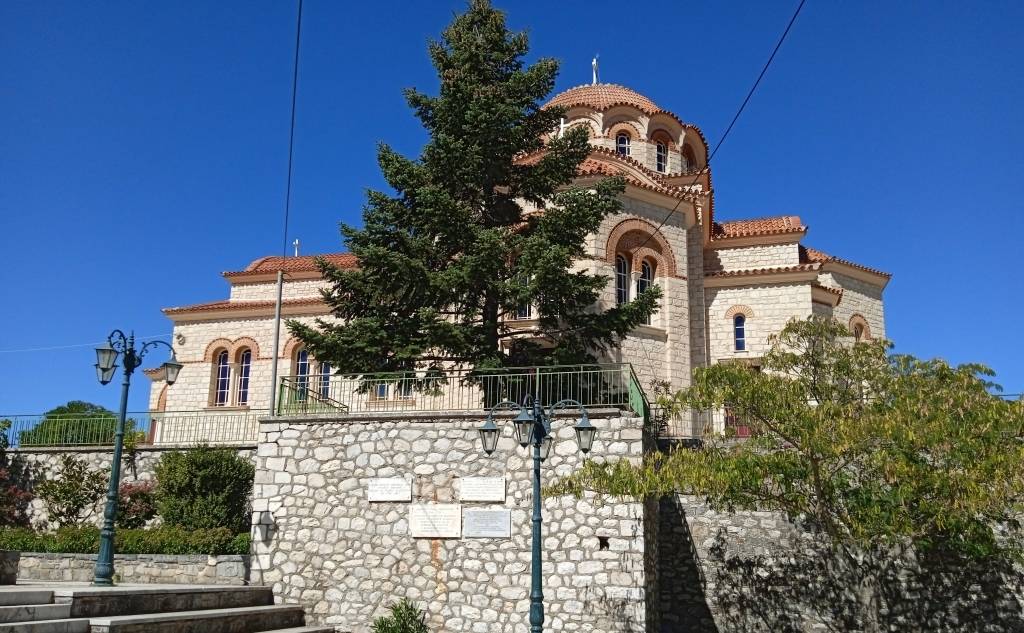
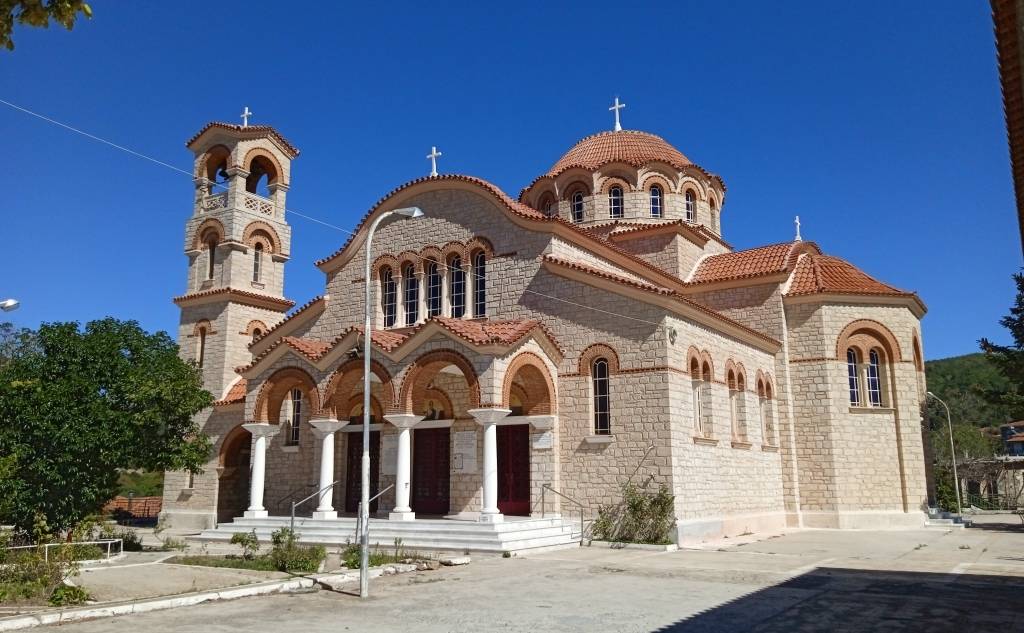
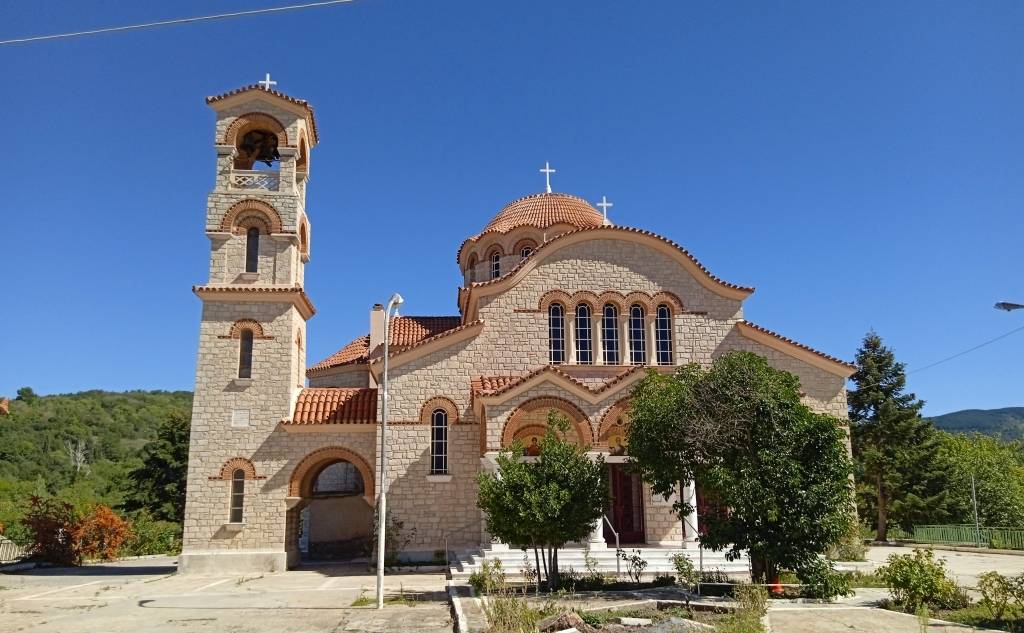
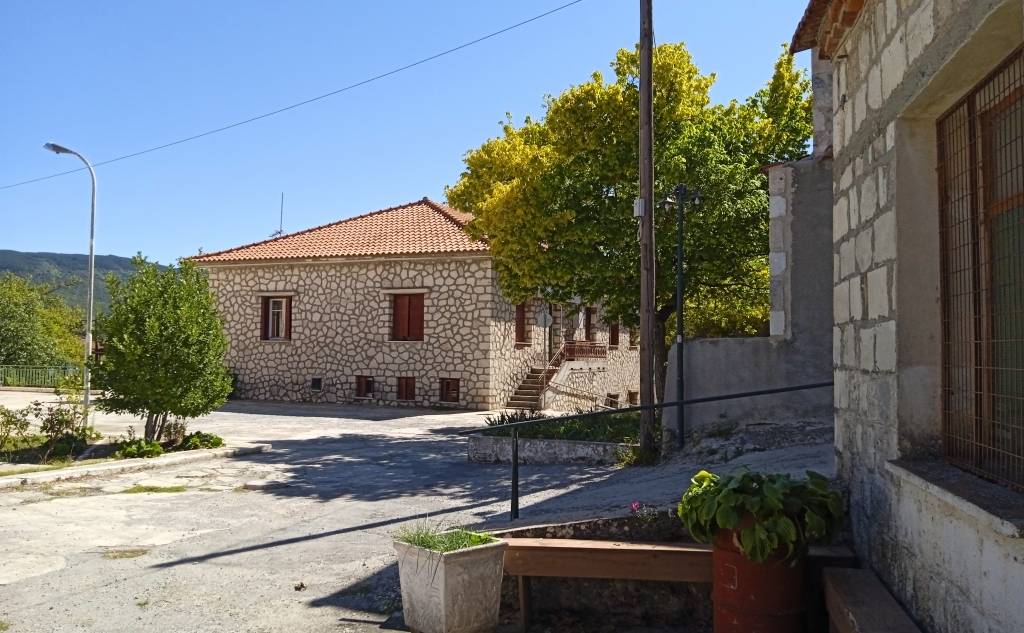
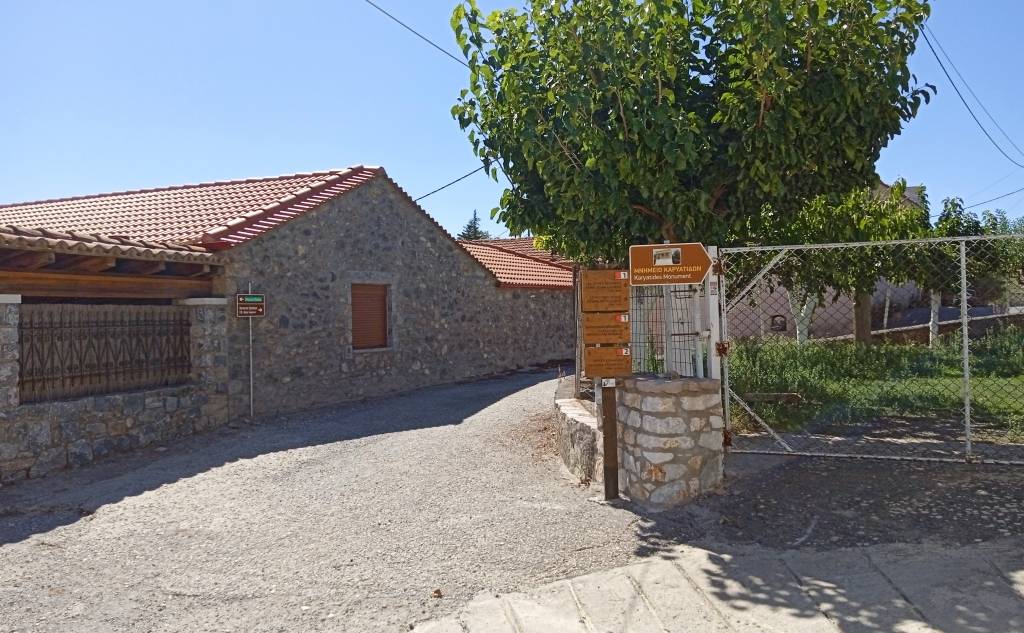
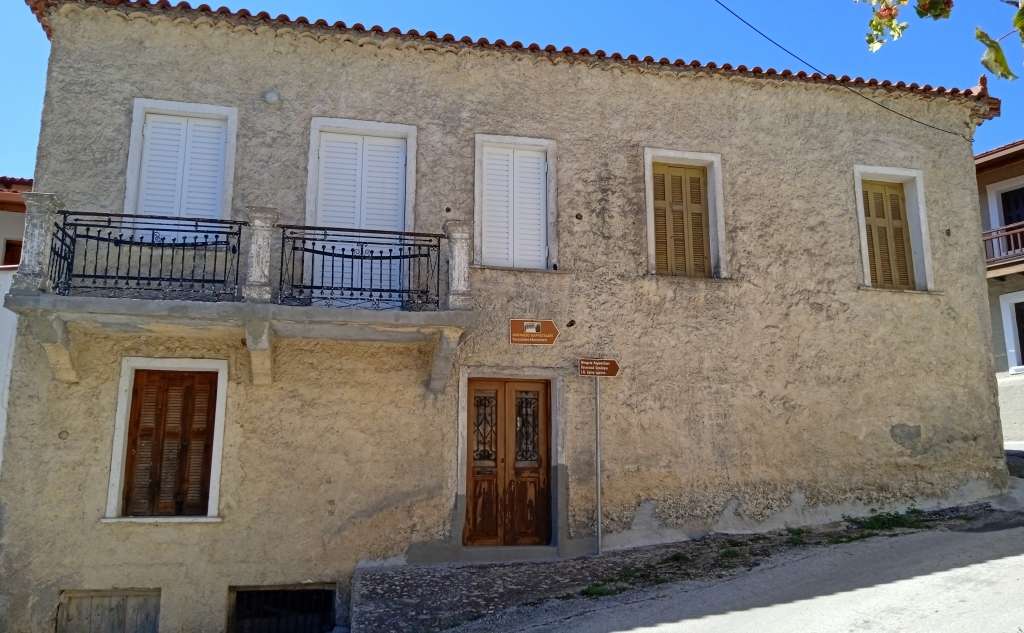
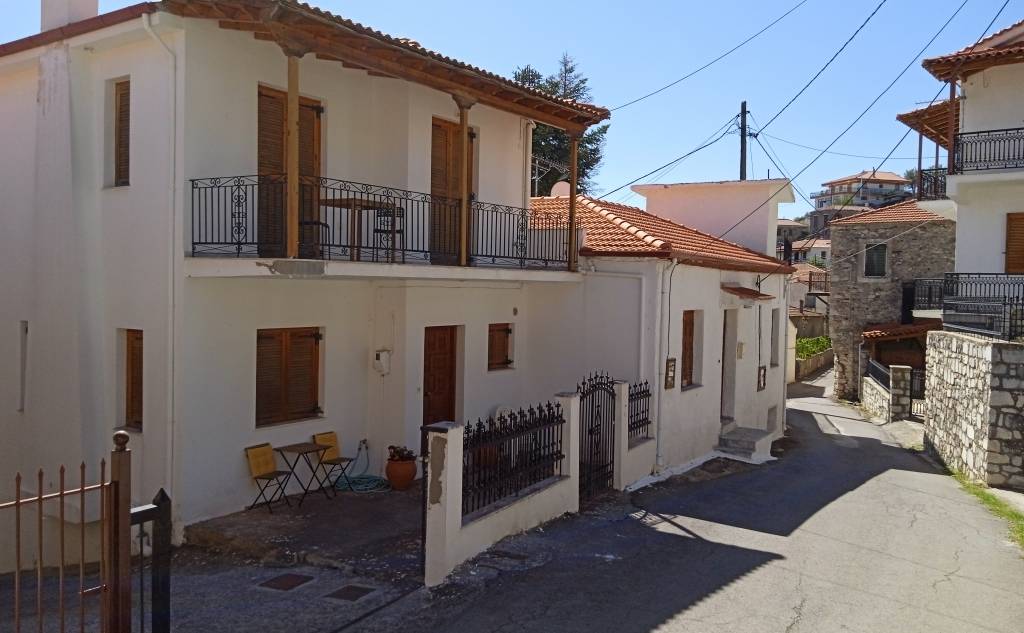
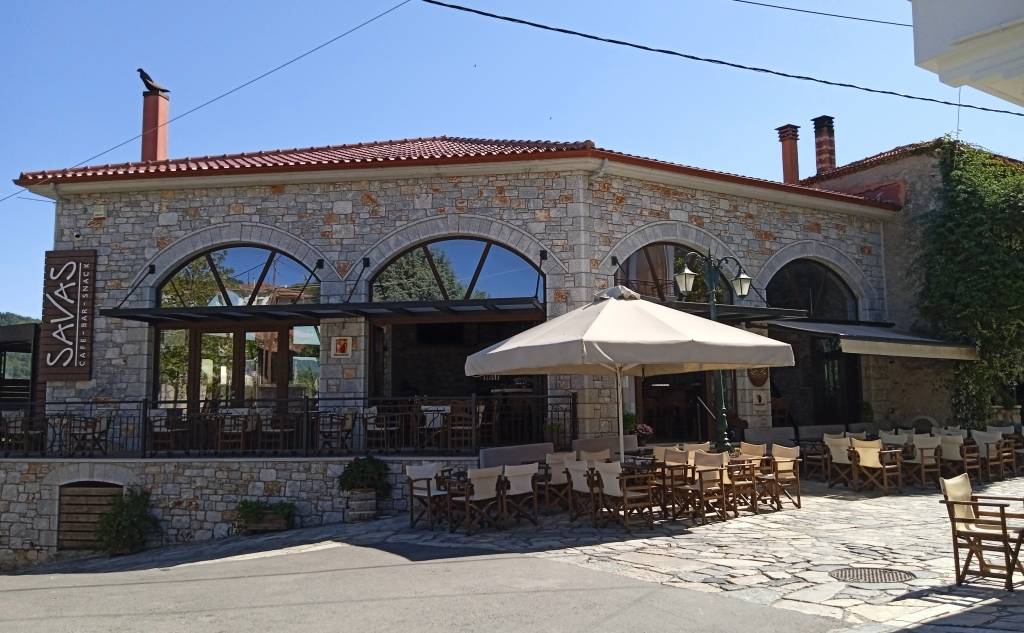
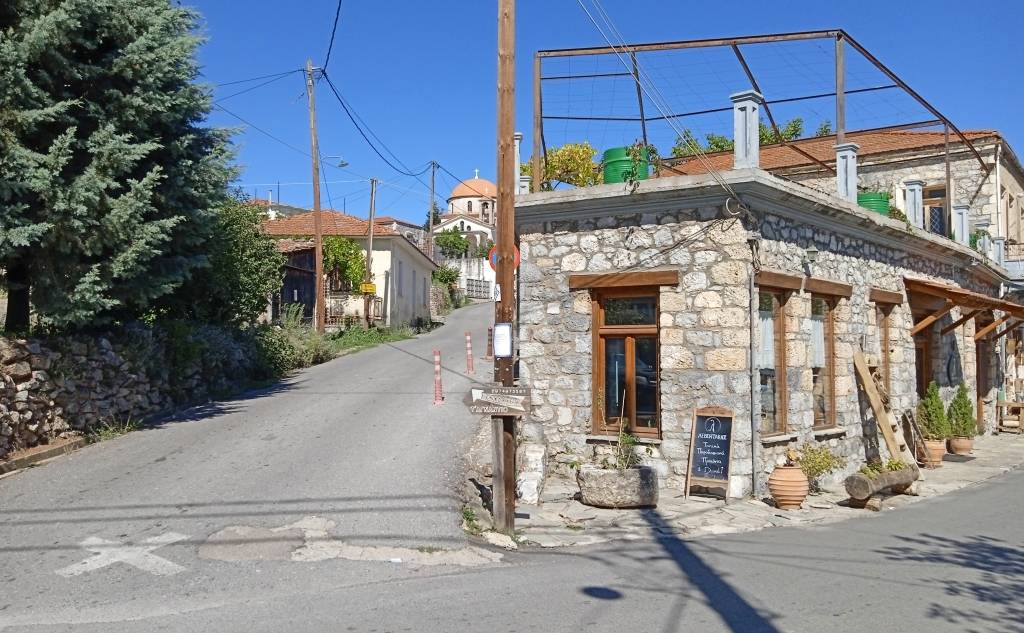
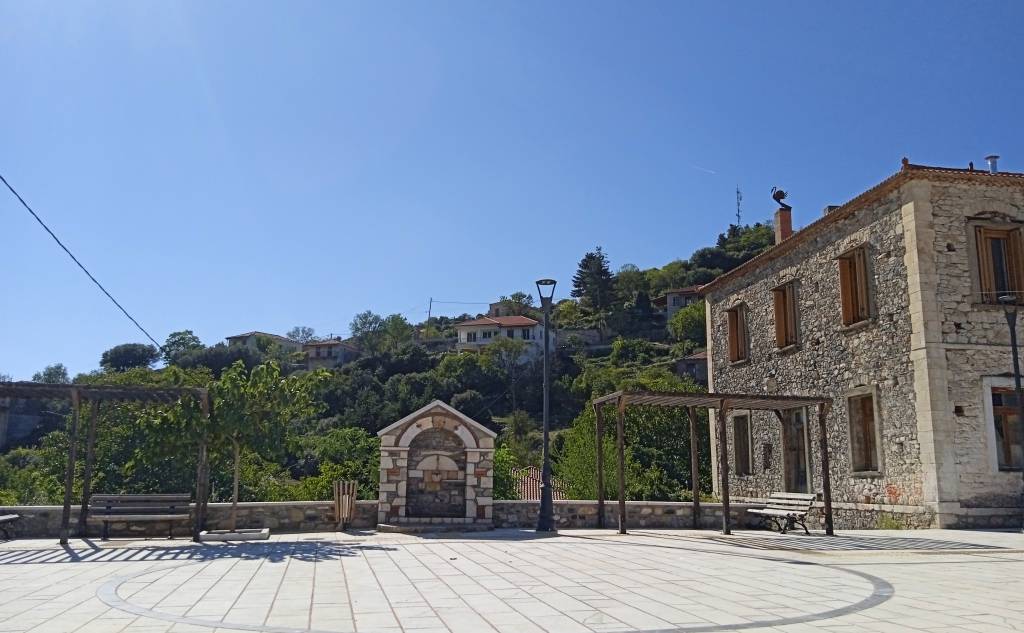
The traditional, mountain village of Caryes is located at the foot of Mount Parnon and is overgrown with chestnut and walnut trees. It is built on the northeastern side of the prefecture of Laconia, on the border with the prefecture of Arcadia and is located at an altitude of 950 meters. The village until 1930 was called Arachova. It got its name (that comes from the ancient Slavic word "Rach", which means "nut") during the Frankish occupation.
The location of the ancient settlement of Caryes is supposed to have been at the entrance of the current village, next to the river Diros. The name of the small, ancient town is due to the many walnuts that have already existed in the area. There, “Caryatia” was held, an annual agricultural festival, during which the cult dances (in honor of Artemis) were danced by virgins called Caryatids. Also, in Caryes, it is said that the king of Sparta, Menelaus, gathered his army before leaving for Troy.
Caryes offered important services in the Liberation Struggle of 1821. Its residents’ courage was also severely tested during the German Occupation.
The impressive Forest of Caryes "spreads" to the northeast of the village. It extends to the Libra location and consists of chestnuts, walnuts and beeches. The international path E4 passes through the forest and the village. Caryes is the ideal base for activities and getaways on Mount Parnon. The village, in fact, has a modern and marked network of hiking and cycling routes.
In Caryes, the visitors have the chance to walk along the traditional alleys with the stone houses and enjoy their coffee at the paved square of Agios (Saint) Andreas with the century old plane tree. The church of Agios Andreas was built in the 1960s, a few meters from the place where the old church was located. The church of Agia (Saint) Paraskevi is equally impressive. Near the church, there is the stone-built Primary School, which consists of two levels (ground floor and 1st floor). The school was built in 1933 and blown up (partially destroyed) by the Nazi occupation troops in 1944.
On a hill, with a wonderful view, the "Clock" or "Community Clock" of the village dominates the. It was built in 1930 at the expense of late Georgios El. Iliopoulos. On March 15th, 1944, the "Clock" was blown up by the Nazis while they were burning the village. In 1955, at the place of the old clock, a new one was built, completely from the beginning, in its current form.
In front of the small city headquarters, the visitor can see the Statue of Liberty on an elevated pedestal, donated by Ioannis Tourogiannis. On the sides of the pedestal are all the names of the "lost children of Caryes" in various wars.
The most important attraction of Caryes is the Monument with the Caryatids. These are copies of the Caryatids from the southern protection roof of the Erechtheion on the Acropolis of Athens. The monument was inaugurated in 1983, on the initiative of the “Caryatans around the world” Association and dominates the entrance of the village, on the right. At the entrance of the village, the visitor can also see the statue of goddess Hestia, who holds fire (symbol of the hearth of the house). Right after the bridge of the river Diros is the statue of goddess Demeter, who holds a bunch of wheat in her arms, the symbol of agriculture. Both statues are the donation of the Municipality of Athens to the Community of Caryes. These are two of the statues that adorned Omonia Square, in Athens, during the interwar period.
The Cave of Kalos, which has a depth of up to 50 meters is a short distance from the village. The cave grows in depth, in two branches. The one is one-piece and has a depth of 10 meters, while the other continues in small sections with a constant change of direction.
Finally, every year, on the 26th and 27th of July, on Agios Panteleimon celebration, a festival takes place in the central square of the village with live music and rich food and wine. This festival is considered to be the largest in Laconia.